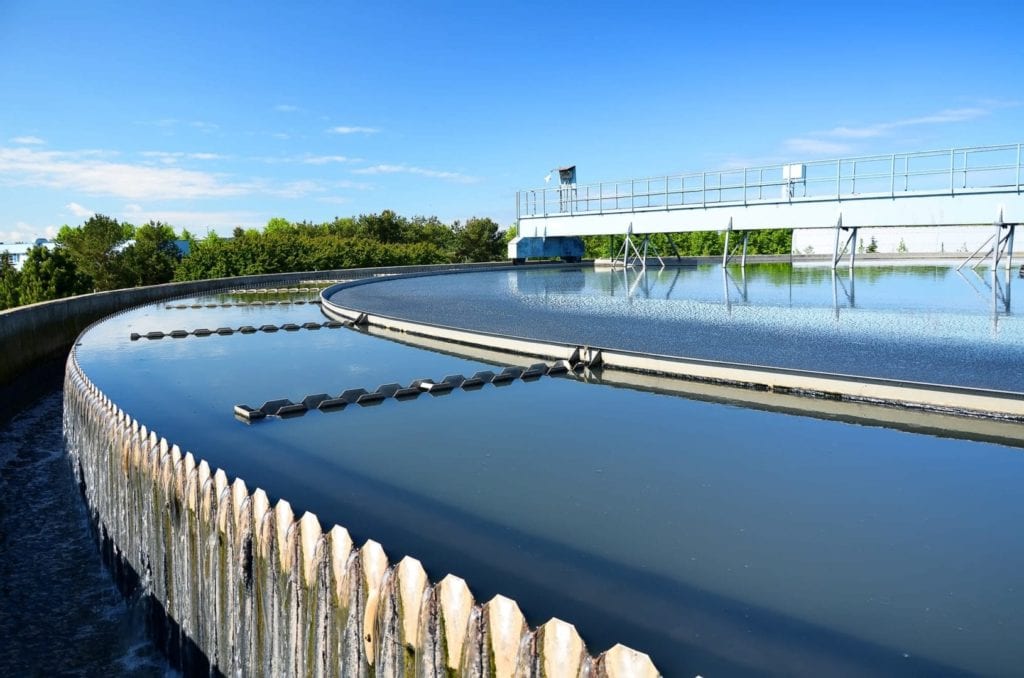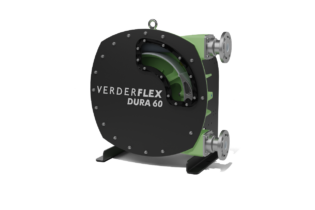Water is perhaps one of the most precious natural resources. With rapid urbanisation, the resource is becoming scarce quickly.
By Kelly Potter* For organisations and systems that operate in the water industry, there has been the dependency on Supervisory Control and Data Acquisition (SCADA) systems to monitor some parts of the water distributions systems, yet the practical limitation of its installation points has restricted its use. As stated in IoT and Hospitality, “The number of connected devices will grow by two billion objects in 2006 to a projected 200 billion by 2020.” With the growing number of connected devices, the water industry is taking advantage of IoT sensors to monitor water levels, chemical leaks, and even regulate water flows. IoT in water treatment uses the concept of smart sensors installed at various points in the water system. These sensors collect data and send it back to the monitoring systems. This data could include, water quality, temperature changes, pressure changes, water leak detection, and chemical leakage detection. In the simplest form, IoT in water treatment is a reliable communication technology that is used to send data from physical objects over a wireless channel to a computer with smart analysing software. Smartphones and tablets can have apps that connect to the cloud or be integrated with an EAM CMMS system to access the IoT sensor data in real-time. This technology can help technicians, engineers, and other facility management staff to get insights wherever they are or places engineers typically can’t reach. An IoT enabled smart water sensor can track quality, pressure, and temperature of water. In fact, a sensor solution can measure liquid flow and can be used by a water utility company to track the flow across the whole treatment plant. This can also be a handy tool to incorporate with an EAM CMMS so you can track all the data for the plant in one easy solution. Engineers can then access this data, interpret the data, and make suggestions and send to the facility manager. IoT can also play a role in leak detection and send an immediate alert to a remote dashboard. These notifications are immediate where as if an engineer had to check the levels by hand or on foot it could take hours for a problem to be detected. Now, it allows the engineer to address the issue faster, find a solution, and move on to the next task. Lastly, another huge benefit to IoT in wastewater management is the detection of residual chemicals after treatment. This can be used to calculate the efficacy of the selected treatment process and ensure the release of chemicals stays within permissible limits.This type of sensor can also help detect and reduce the spreading of legionella throughout a facility. Legionella is spread through mist, such as from air-conditioning units of buildings and can be very dangerous for employees. IoT has many benefits and can increase the productivity of staff, keep them out of harm’s way, and reduce unnecessary costs for facility management.









